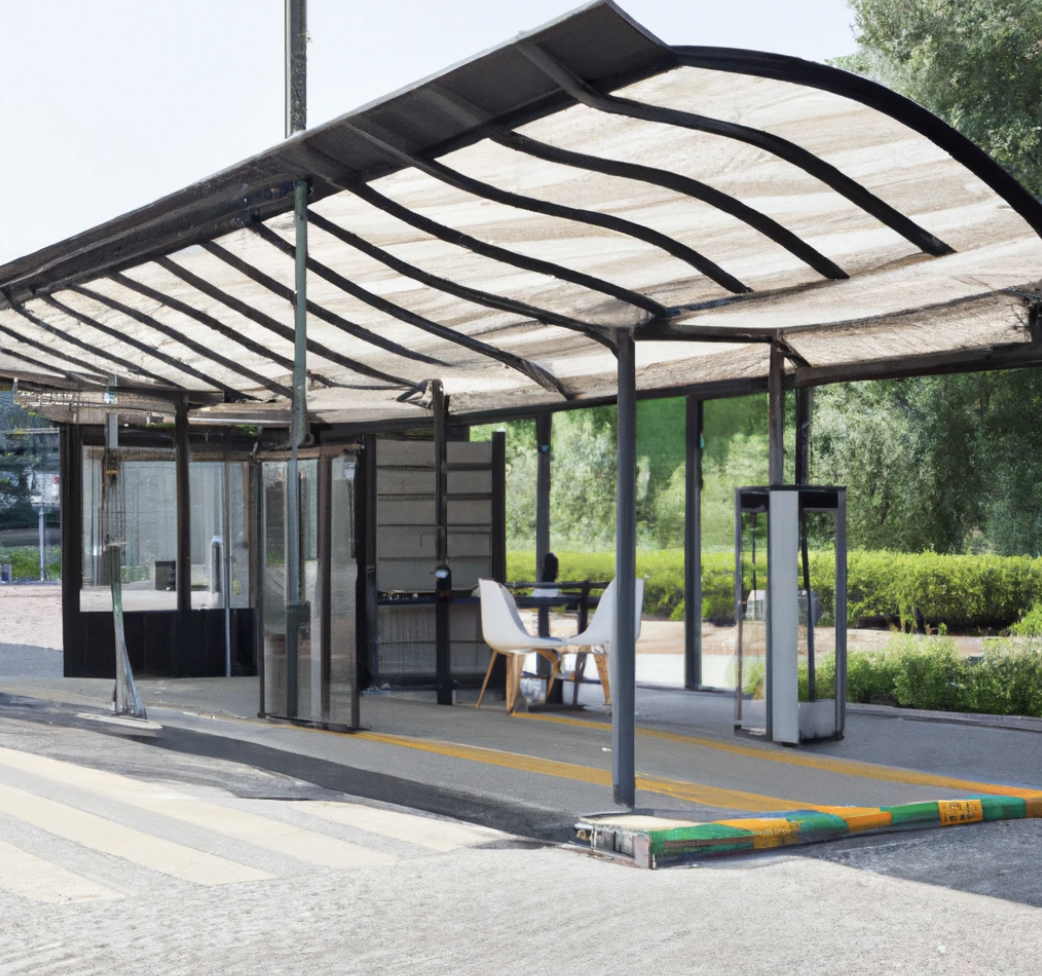Arterial Rapid Transit (ART) and Bus Rapid Transit (BRT) are both forms of high-capacity bus systems designed to provide efficient and reliable public transportation. While they share some similarities, there are key differences between the two:
- Corridor Type: ART typically operates along arterial roads, which are major roads that connect different parts of a city or region. BRT, on the other hand, can operate on a variety of corridors, including arterial roads, highways, or even dedicated busways.
- Infrastructure: BRT systems often have dedicated bus lanes that are physically separated from regular traffic, allowing buses to bypass congestion. They may also include features such as bus-only signal priority, level boarding platforms, and off-board fare collection. ART systems may have some of these features but are typically designed to operate within existing traffic lanes, utilizing traffic signal priority and other measures to improve bus travel times.
- Service Characteristics: BRT systems are known for their frequent service, fast travel times, and high capacity. They often employ larger buses or articulated buses to accommodate more passengers. ART systems may offer similar characteristics but might have slightly lower capacities and service frequencies due to operating within existing traffic conditions.
- Cost and Implementation: BRT systems generally require more substantial infrastructure investments due to the need for dedicated bus lanes, stations, and other specialized features. The cost per mile for BRT can be higher compared to ART, although it can still be significantly lower than light rail. ART systems are typically implemented as part of a city’s existing road network, with fewer physical changes and infrastructure upgrades, making them a more cost-effective option.
- Flexibility: ART systems can operate on existing roadways, providing flexibility in route planning and adjustments. BRT systems, especially those with dedicated lanes, offer more reliability and reduced travel times since they are less affected by traffic congestion.
It’s worth noting that the terminology and specific characteristics of ART and BRT can vary from one region to another, as different cities and transit agencies may adopt their own definitions and design standards. The primary goal of both systems is to provide efficient and high-quality bus service, but the level of infrastructure investment and operational features can differ.
Several cities in the United States have implemented or are planning to implement Arterial Rapid Transit (ART) systems. Here are a few examples:
- Albuquerque, New Mexico: Albuquerque operates the ART system known as “ART – Albuquerque Rapid Transit.” It runs along Central Avenue, a major arterial road, and provides enhanced bus service with dedicated lanes, level boarding platforms, off-board fare collection, and traffic signal priority.
- Eugene, Oregon: Eugene introduced an ART system called “Emerald Express (EmX)” in 2007. The EmX line operates on multiple arterial roads and offers features such as dedicated bus lanes, traffic signal priority, and level boarding platforms.
- Kansas City, Missouri: Kansas City has an ART system called “MAX – Metro Area Express.” The MAX lines (such as the Main Street MAX and the Troost MAX) run along arterial roads and provide high-frequency service with enhanced stations, off-board fare payment, and traffic signal priority.
- San Bernardino, California: The city of San Bernardino operates the sbX BRT system, which can also be considered an ART system. It runs along E Street and connects various destinations in the region, offering dedicated bus lanes, level boarding platforms, and other BRT features.
- Richmond, Virginia: Richmond has implemented the “Pulse” BRT system, which runs along Broad Street. The Pulse line includes dedicated lanes, signal priority, and off-board fare collection, providing enhanced bus service along the arterial corridor.
These are just a few examples of cities in the United States that have implemented ART systems. Other cities may have similar systems or have plans to introduce ART in the future, as it provides an efficient and cost-effective alternative to traditional bus service along busy arterial routes.
Author: ChatGPT


